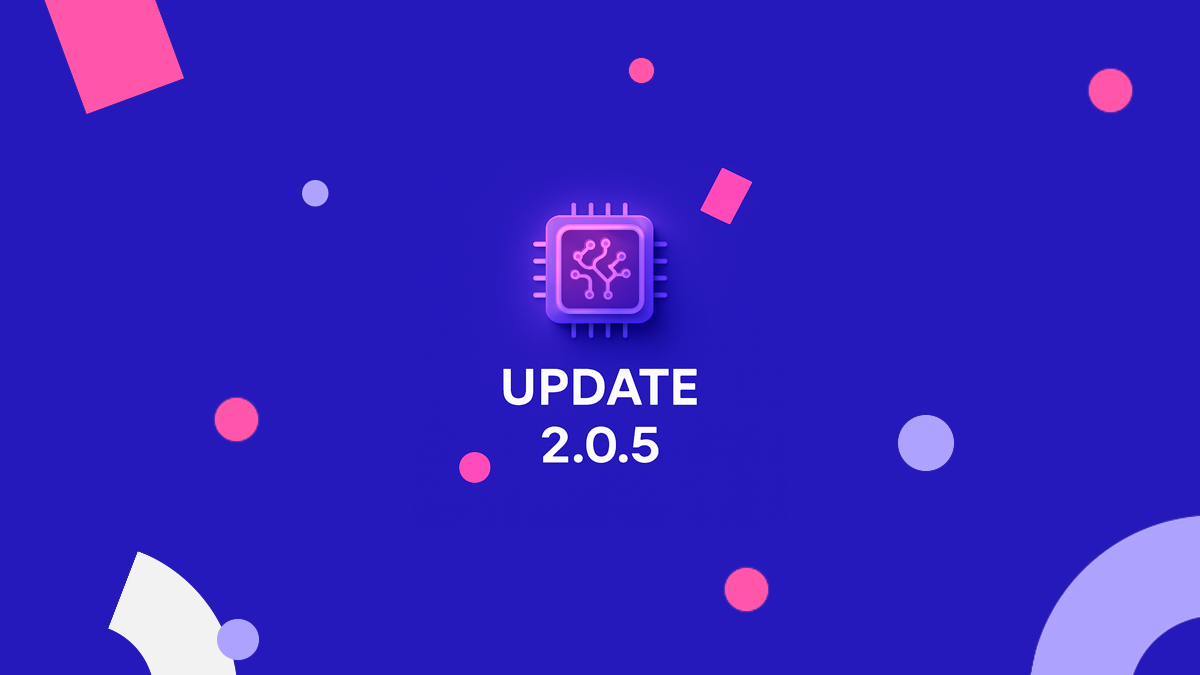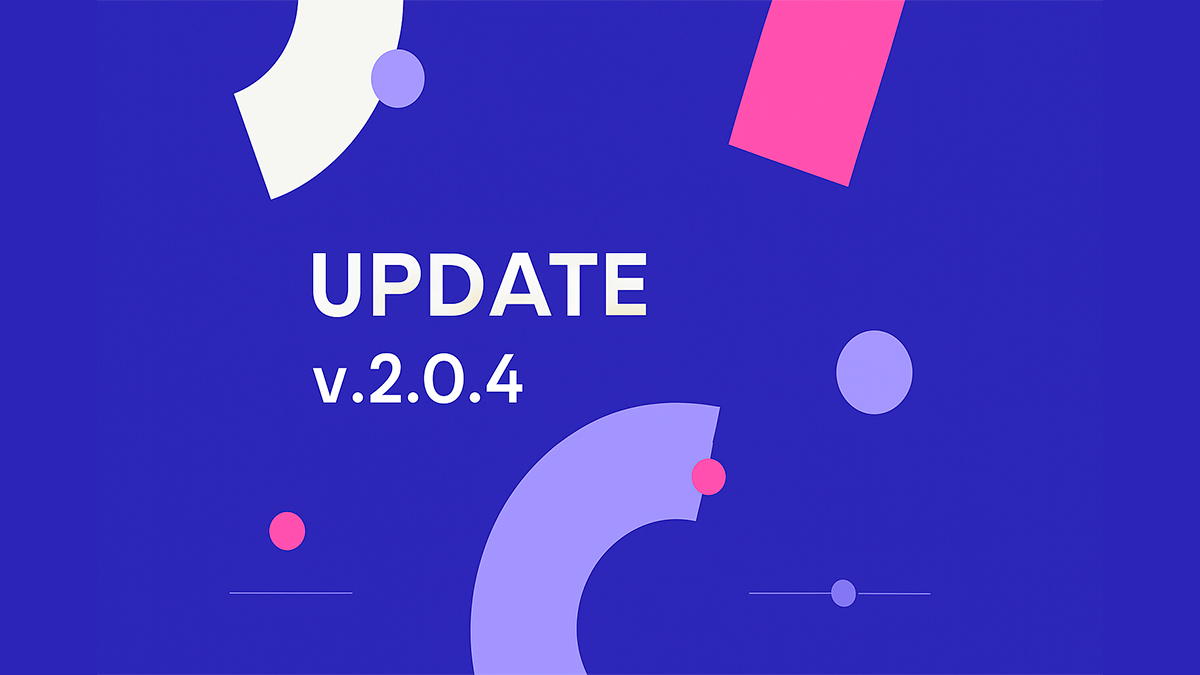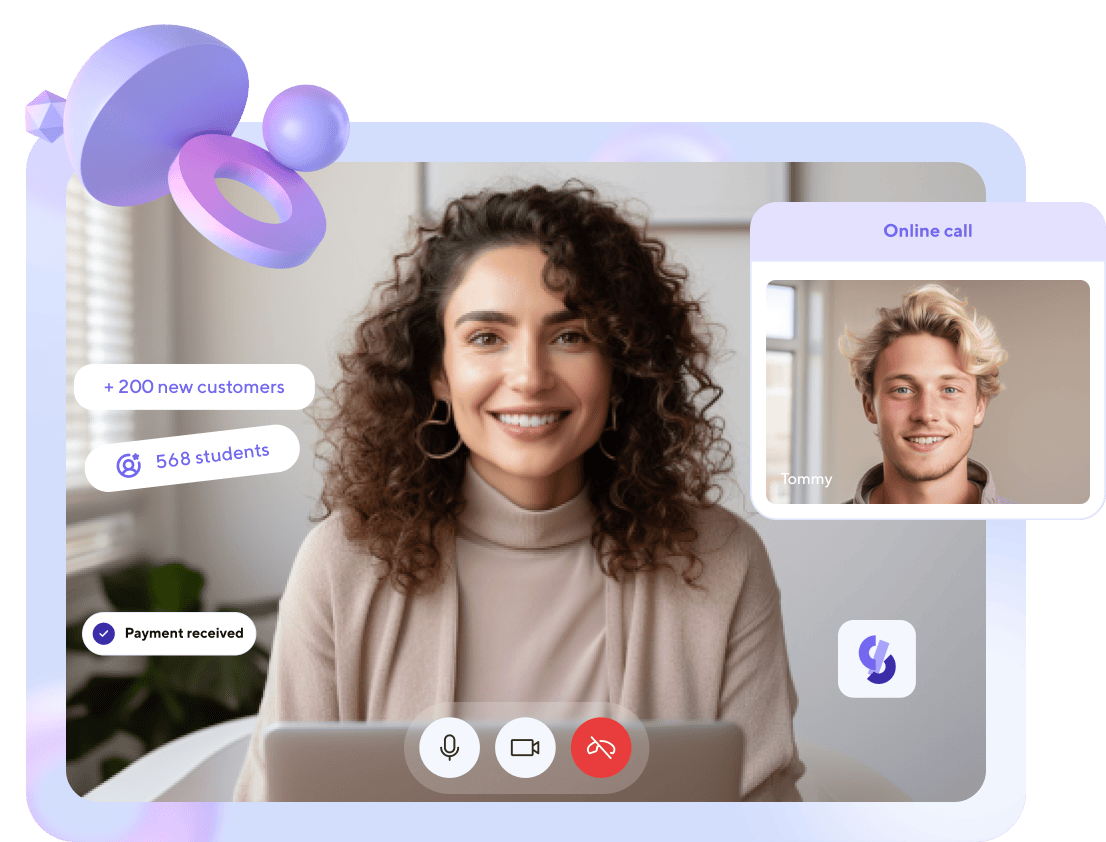How to Create Addictive Courses Learners Can’t Put Down
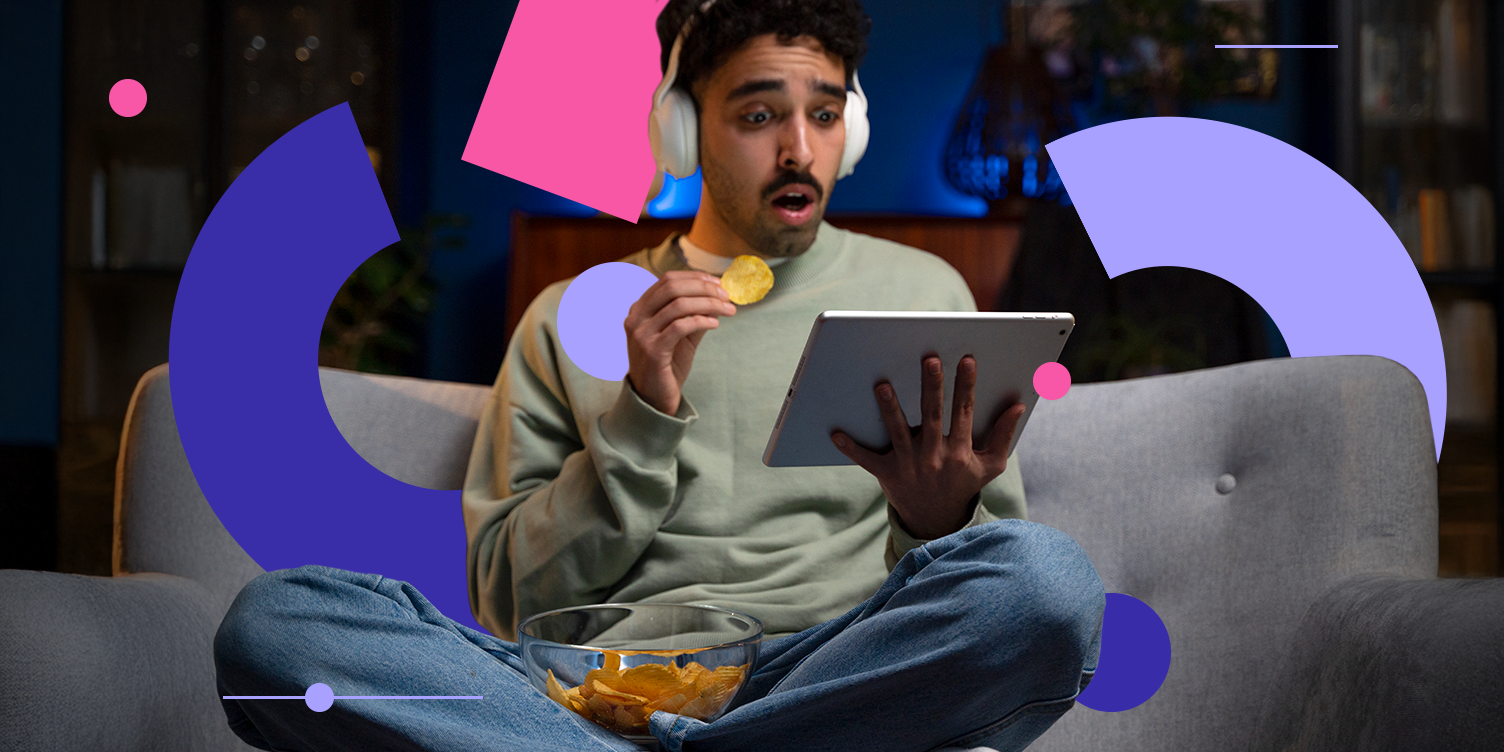
Imagine this: you plan to watch just one episode of your favorite Netflix show before bed – but a few hours later you realize you’ve already watched half the season. Sound familiar? That’s not coincidence, but a thoughtful strategy built on attention-retention psychology. The same principles should – and can – be applied when creating online courses so your learners literally can’t stop watching. Today we will look at specific techniques that will help make courses as exciting as your favorite TV series.
End Lessons with Intriguing “Hooks”
Always end a module with an open-ended question, a short teaser, or a hint at valuable information that will be revealed later. For example: “In the next video, I’ll show you how to turn your brand into a customer magnet in just five steps. You’ll be surprised how simple it is!” Or: “This method may sound straightforward, but without one key secret, it’s tough to apply. I’ll reveal that secret a little later.” That guarantees your learners will come back for the answer.
To make your ‘hook’ even more effective, include interactive tools like polls, quizzes, or a short video preview of the next topic. Personal stories work well too – intrigue your audience with a narrative whose conclusion comes in the next lesson. The goal is to keep interest high, motivate course completion, and maximize learning benefit.
Use Short, Focused Blocks
20–40 minute episodes are easier to watch than two-hour lectures – and the same principle applies to educational courses. People absorb information better when it’s delivered in bite-sized, clear, and no-fluff chunks.
Ideal video length: 15–20 minutes, up to 30 minutes only for complex topics. To avoid overload, each block should convey just one main idea or tool. For example: instead of a long lecture titled “How to Write Powerful Ad Copy,” split it into blocks: “Compelling Headlines,” “Text Structure,” “Calls to Action.” Learners get actionable value from each module and can implement what they learn right away.
Use clear schemas and checklists to keep lessons focused – they help learners navigate the topic quickly and remember key points. Tools like Canva are great for creating concise infographics and diagrams, while MindMeister or Miro are excellent for visualizing ideas as mind maps. This saves your audience time and makes the material accessible, even in fast-paced lives.
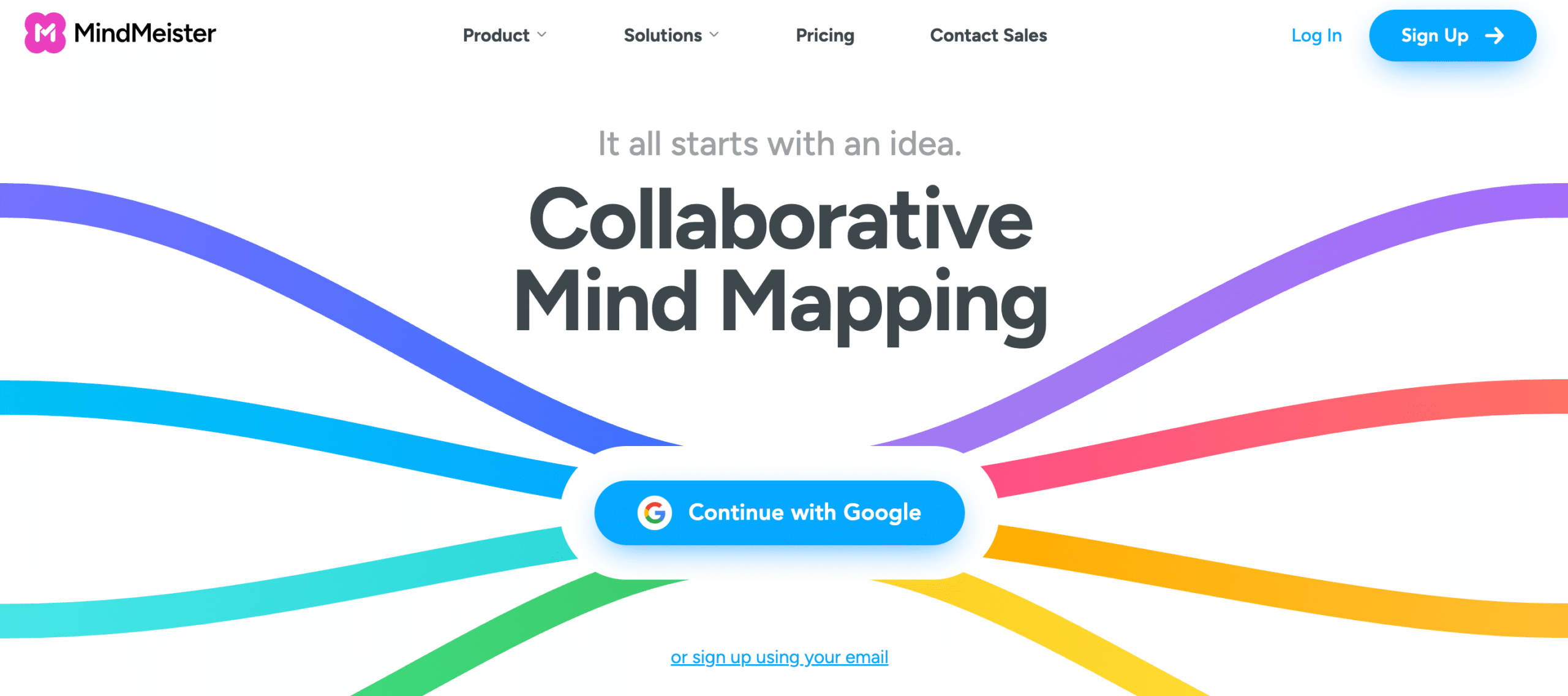
Add Visual and Emotional “Hooks”
Netflix grabs your attention not only through plot, but also visuals, music, and character emotion. Your courses can use similar techniques – mix in visual elements that capture attention and stick in memory.
Replace dry numbers or complex explanations with infographics. Services like Piktochart or Visme help you create striking, understandable visuals – even without design experience. Insert short video clips to reinforce your message: expert interviews, product demos, or a memorable film excerpt. This format makes content more vibrant and adds dynamic flow that keeps viewers engaged.
Emotional hooks are just as important. Share stories that inspire or evoke empathy, because emotions help information stick. Learners absorb concepts better if you provide relatable real-life examples – for instance, discussing tough negotiations followed by a case where someone succeeded using your advice. Such an approach keeps attention high and transforms learning into an enjoyable process where the mind stays active.
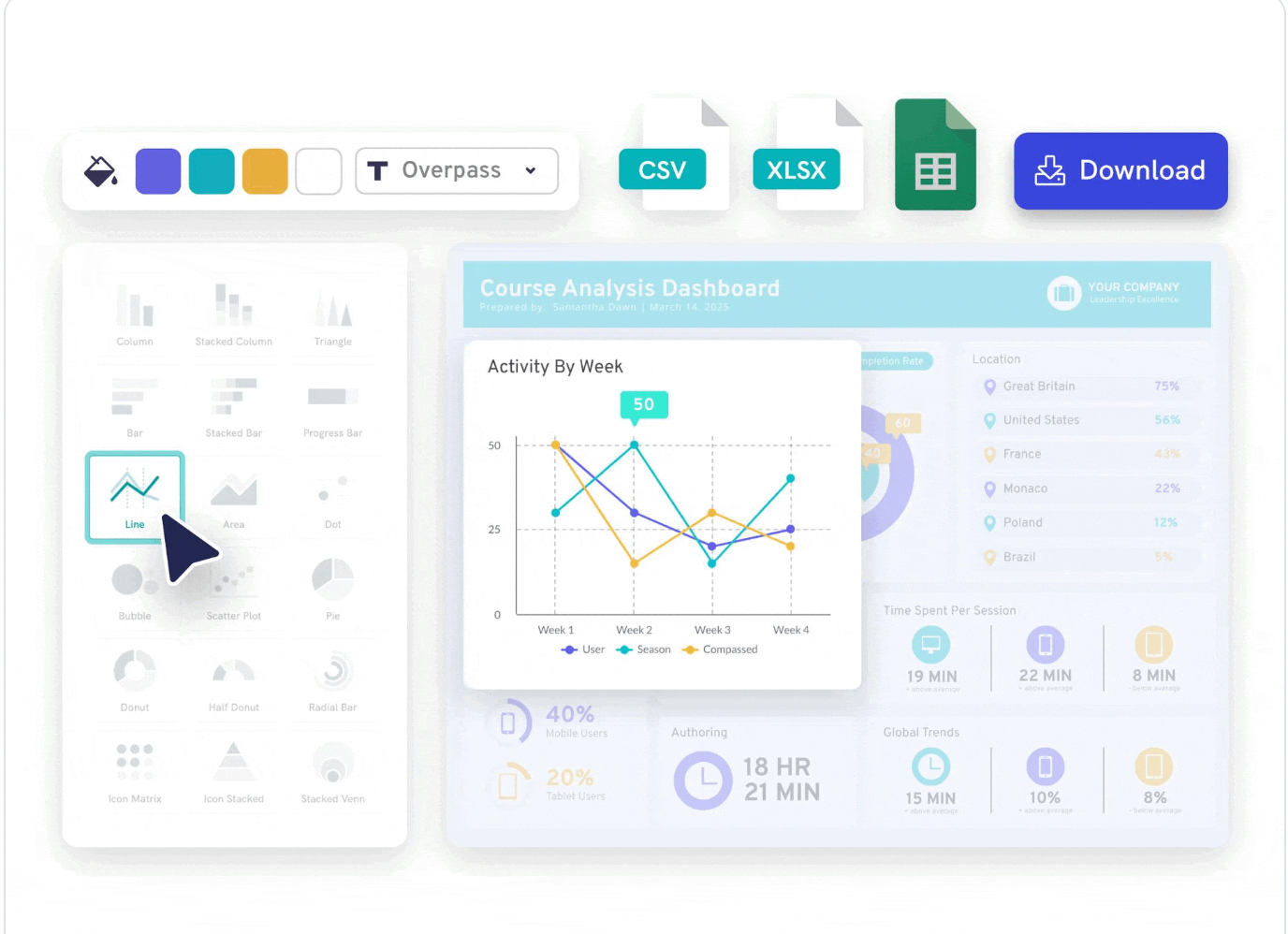
Make Progress to the Next Lesson Seamless
Netflix automatically plays the next episode. Apply that concept to e‑learning by adding a “Next Lesson” button immediately after finishing the current one – or enable automatic transition after a few seconds. This UX decision significantly boosts engagement and prevents attention loss during manual switching.
In Softbook LMS, the “Next Lesson” button appears under each lesson, so students don’t have to search for how to proceed.
Build a Narrative or Progression That Learners Want to Finish

Netflix draws you in because each episode is part of a larger story, and you want to know what happens next. It’s the same with courses: learning becomes more engaging when students can see they’re working toward a concrete outcome.
Think of your course as a story in which each lesson reveals a new piece of the puzzle. For instance, a personal finance course could start by defining financial goals and end with a fully formed one‑year action plan. Seeing real progress motivates learners to complete the journey.
To reinforce this effect, include challenges or mini‑tasks in each module that lead toward the final result. In a photography course, each lesson might end with a small practical assignment: try a new technique, edit a photo, or create your own project. Learners get satisfaction from moving closer to a final product worth sharing.
When you build your course with clear progression, students sense logic and anticipation – an effect directly inspired by Netflix. They’re always eager to discover how the story ends, especially when that story is about themselves.
Add Interactive Activities and Mini‑Quests
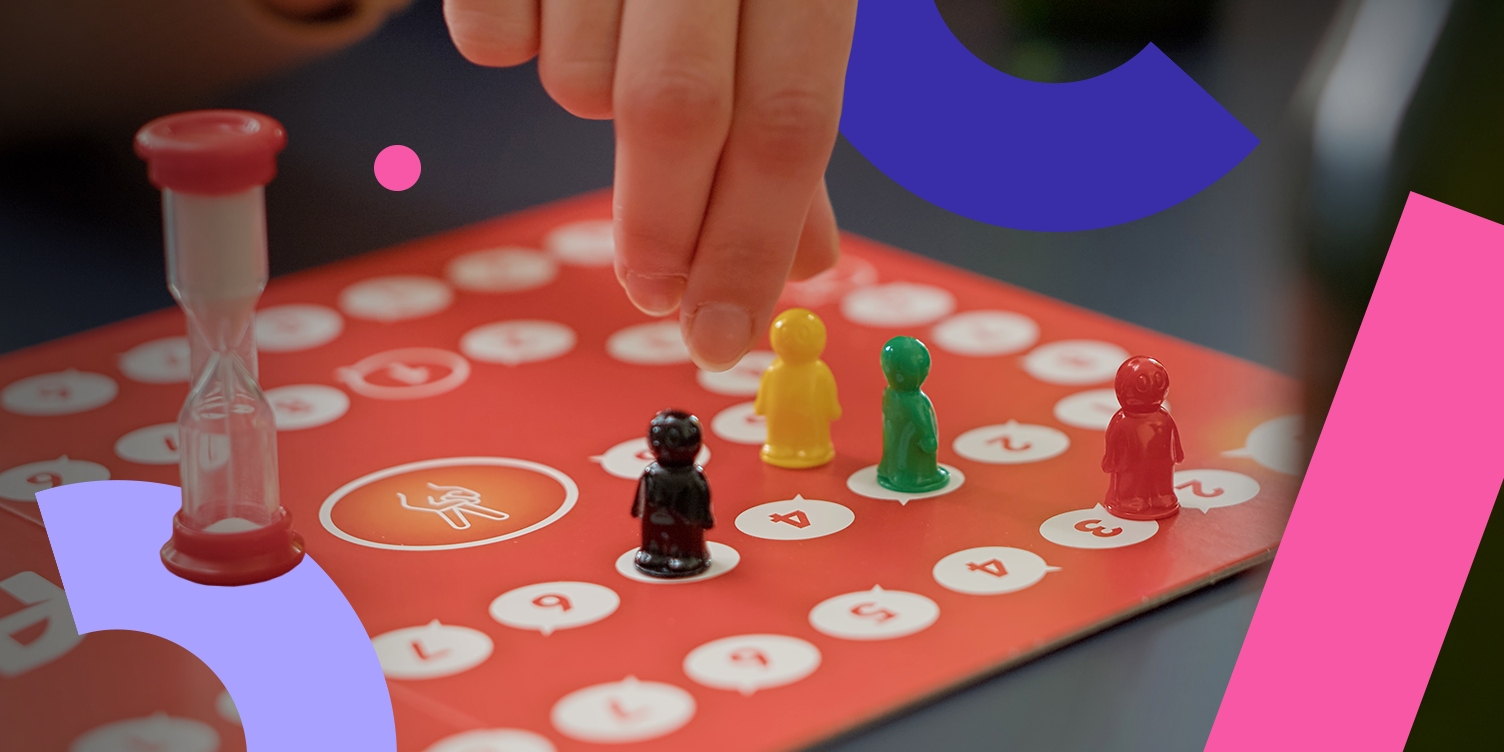
Listening is fine – but doing is far better. Courses that allow learners not only to listen but also to physically interact are remembered much more vividly. Interactive features are not decorative – they’re essential tools for deeper learning.
Use quizzes with instant feedback – they reinforce knowledge on the spot without overload. In Softbook LMS, you can easily add auto-graded quizzes to any lesson. Platforms like Typeform or Quizizz integrate seamlessly with your course and allow more than just multiple-choice questions.
Want to gamify the experience? Create a mini‑quest – a series of tasks where each one unlocks a new clue or bonus. For example, in a time-management course, run a 7-day challenge where each day introduces a new technique to try.
Another option is interactive infographics that unfold gradually – tap an icon to receive a tip or example. This is especially effective in visually rich or process-based topics like marketing, design, or analytics. Services like Genially, Infogram, or ThingLink let you add interactivity to images, diagrams, or presentations without complex coding. These elements turn your students from passive listeners into active participants – and that’s the key to engagement and outcomes.
Conclusion
Creating a course that keeps students hooked requires more than subject expertise – it’s about presenting it in a way that learners want to return to again and again. Lessons with “hooks,” short focused modules, visual appeal, an intentional storyline, and interactivity are not mere embellishments – they are essential instruments of effective learning. When content holds attention, evokes emotion, and invites immediate action, it becomes a true experience. And that’s what makes learners click “next module” every time.
Articles are good, but social media posts are faster!
Subscribe to us and be the first to receive tips and tricks
on promoting your online school!
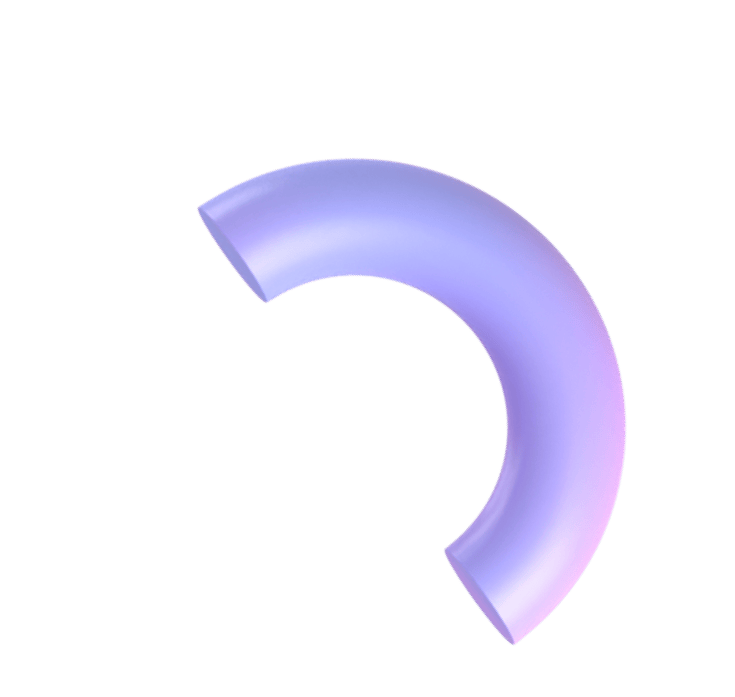
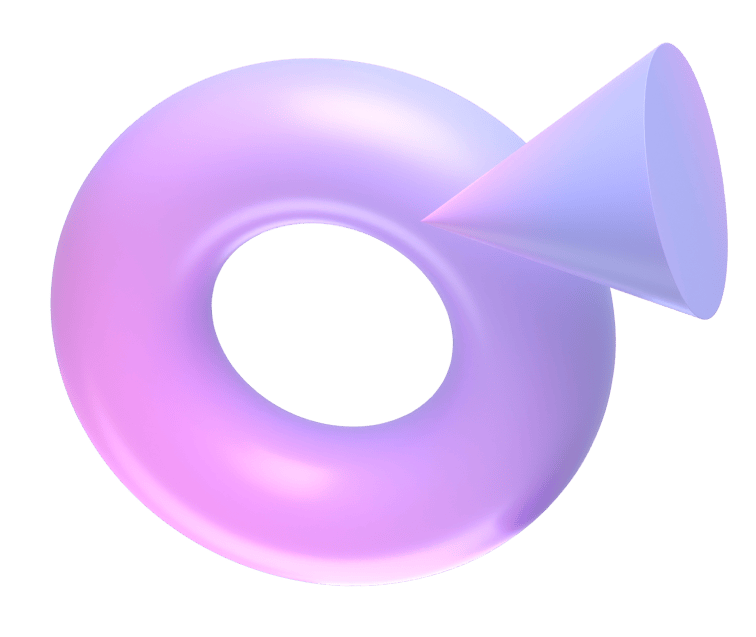
Earn money on your knowledge and experience with
Softbook!
to the platform for setting up your own school!

